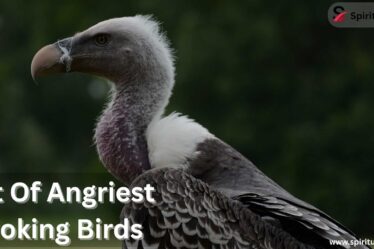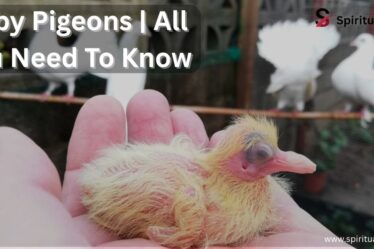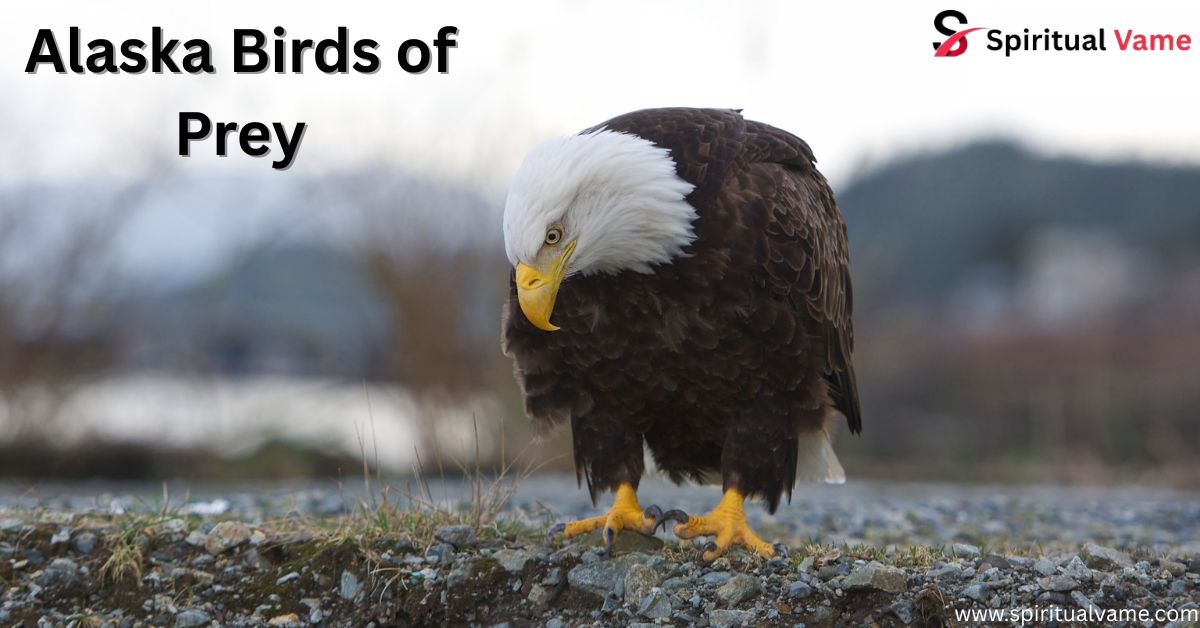
Alaska is one of the few places in the world where you can look up and see a wide variety of Alaska birds of prey soaring across the sky. These powerful raptors, which include hawks, owls, falcons, and eagles, play an important role in nature. They help keep the balance by hunting rodents, fish, and other small animals. From icy coastlines to deep forests, these predatory birds are everywhere, and each one has its own special traits. In this article, you’ll learn about 22 of the most iconic birds of prey found in Alaska. We’ll also explore their habitats, behavior, and where you can spot them in the wild.
Some of these birds are year-round residents, while others migrate with the seasons. Whether you’re an experienced birder or just someone who loves nature, understanding these creatures will give you a new appreciation for Alaska’s rugged landscape. We’ll also guide you to resources like the Alaska Migratory Birds Office, which helps protect and manage these fascinating species.
Alaska birds of prey
Alaska is home to an incredible list of raptors. These Alaska birds of prey are skilled hunters that use sharp talons and strong beaks to catch their food. The list includes both diurnal and nocturnal hunters, meaning you can spot some during the day and others at night. Among these are mighty eagles, silent owls, and fast-flying falcons. Each bird has a unique role in the ecosystem. They help control the population of small animals like mice, rabbits, and fish, making sure the food chain stays balanced.
Many of these raptors live in specific habitats. For example, you’ll find the Snowy Owl in open tundra and the Osprey around rivers and lakes. The Red-tailed Hawk and Northern Goshawk love forests, while falcons like the Peregrine Falcon prefer high cliffs. These birds have powerful vision, excellent hearing, and strong flying skills. Whether they live in remote wilderness or near cities, Alaska’s birds of prey are truly built for survival in tough conditions. Their feathers, flight styles, and hunting techniques are all finely tuned to Alaska’s ever-changing weather and landscapes.
Alaska Migratory Birds Office
The Alaska Migratory Birds Office plays a key role in keeping these birds safe. This government office is part of the U.S. Fish and Wildlife Service. It works with local communities, groups, and scientists to track and protect Alaska birds of prey and other bird species that travel between Alaska and other parts of the world. Since many birds fly thousands of miles each year to find food or nesting areas, it’s important to protect their habitats along the way.
This office also helps manage hunting laws and creates educational programs so people can learn how to respect and support bird populations. Thanks to their efforts, we have better data about the number of birds, their health, and their migratory patterns. Their work ensures that people across Alaska—and even in other countries—can continue to see and enjoy these amazing birds for generations to come.
Eagles and Raptors
When people think of Alaska birds of prey, eagles are often the first that come to mind. Alaska has more Bald Eagles than any other state. With their white heads and golden eyes, they are one of the most recognized birds in America. But they’re not alone. Golden Eagles, with their powerful wings and fierce eyes, also call Alaska home. These birds are among the top predators in their environments. They can see fish swimming from hundreds of feet in the air, then dive quickly to catch them.
Other raptors like falcons, hawks, and ospreys share Alaska’s skies. Each bird has different hunting styles. Falcons are fast and agile. Hawks are patient and sharp-eyed. Ospreys dive into water to snatch fish. These birds are not just beautiful—they are signs of a healthy environment. If raptor populations are strong, it usually means the local ecosystems are balanced and thriving.
Bald Eagle Natural History
The Bald Eagle has a long and proud history in Alaska. It is not only the national bird of the United States but also a key part of Native Alaskan culture and local traditions. These eagles can live up to 30 years in the wild and build huge nests that are often reused for many seasons. Their nests, called eyries, are made high in tall trees or on cliffs and can weigh up to a thousand pounds.
Bald Eagles mostly eat fish, but they’re not too picky. They also eat ducks, small mammals, and even carrion when fish aren’t easy to find. They are both hunters and scavengers. In Alaska, Bald Eagles are often seen around rivers and coastlines, especially where salmon are present. The annual salmon runs provide a rich food source, making these areas popular eagle gathering spots. Their strong wings and wide wingspan help them glide over long distances without using much energy.
Injured, Sick, or Orphaned Raptors
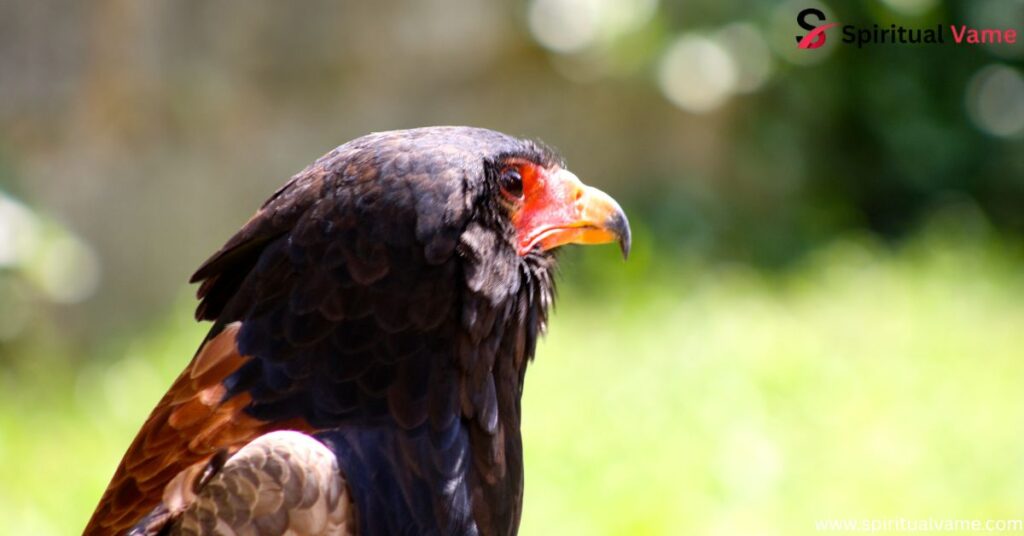
If you ever come across an injured or sick Alaska bird of prey, don’t try to handle it yourself. Raptors have sharp talons and beaks, and even a bird that seems weak can cause harm. The best thing to do is call a local wildlife rehabilitation center or the Alaska Migratory Birds Office. There are trained experts who know how to care for these birds and safely return them to the wild.
Some well-known centers, like the Alaska Raptor Center, specialize in treating birds like owls, eagles, and hawks. They use medical care, flight training, and observation to help the birds recover. Some birds become permanent residents if they cannot survive in the wild, and they help teach visitors about the importance of raptor conservation. Helping one injured bird can make a big difference to the whole ecosystem.
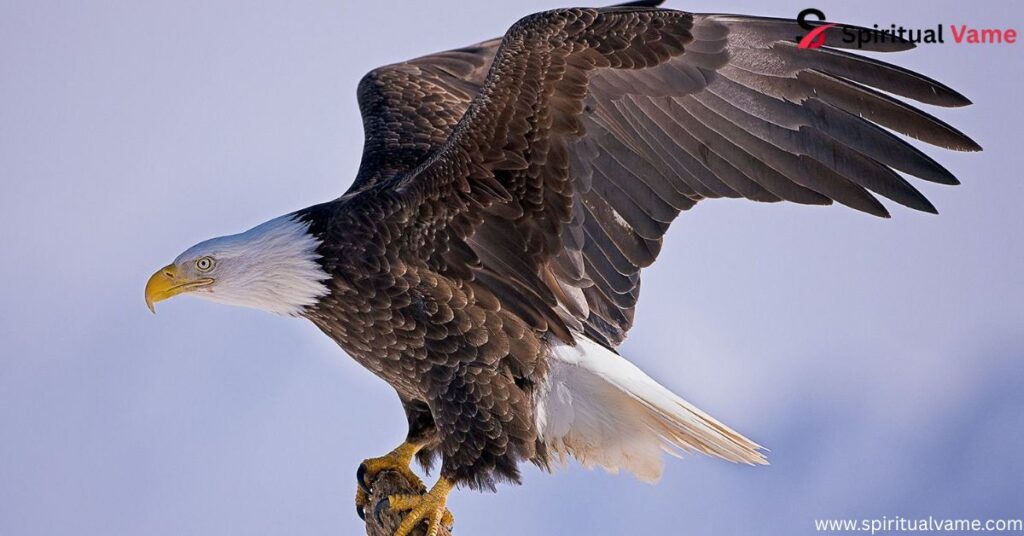
Laws play a big part in protecting Alaska birds of prey. The Migratory Bird Treaty Act and the Bald and Golden Eagle Protection Act make it illegal to harm or collect these birds, their feathers, or nests. It’s important to know these rules, especially if you’re out in the wild or taking part in bird photography and eco-tourism.
Hawks in Alaska
Alaska’s hawks are some of the most exciting birds to watch. The Red-Tailed Hawk is large and powerful, often seen sitting on poles or soaring in circles. Northern Harriers fly low over open fields looking for small animals. The Sharp-Shinned Hawk is quick and loves wooded areas where it chases songbirds. Then there’s the Rough-Legged Hawk, a winter visitor from the Arctic, known for its feathered legs that keep it warm.
Ospreys are unique hawks that mostly eat fish. You’ll find them near lakes and rivers, diving feet-first into the water. The Northern Goshawk, fierce and silent, flies fast through dense forests, surprising its prey. Each of these hawks has special skills and habits. Watching them is not only fun—it gives you a real sense of how wild and wonderful Alaska truly is.
Where to find Hawks in Alaska
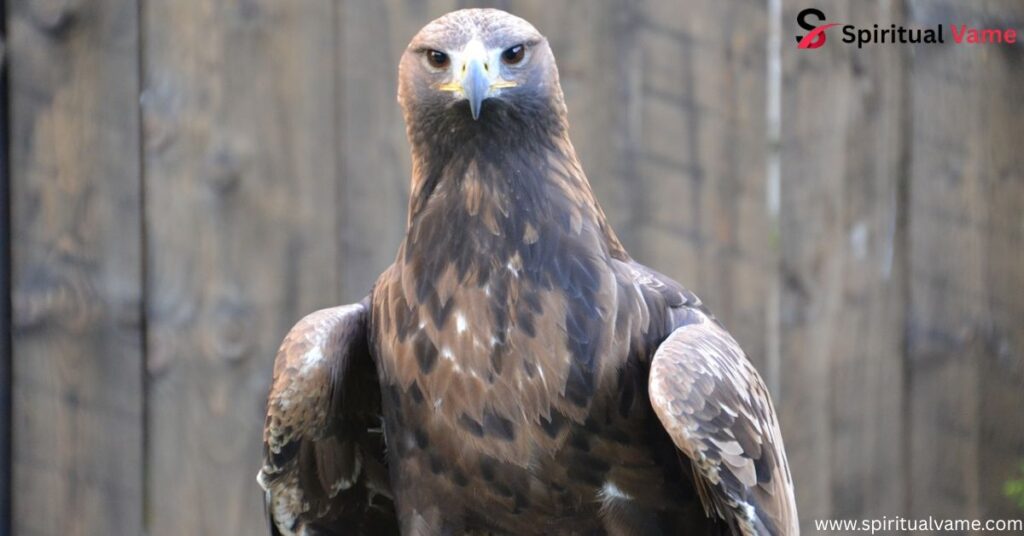
If you’re hoping to see hawks in Alaska, head to open areas like the tundra, river valleys, and forest edges. Popular spots include Denali National Park, Turnagain Arm, and the Kenai Peninsula. Spring and fall migrations are the best times to see many species at once. Look up, especially near cliffs or water, and use binoculars to catch the hawks in action.
Many hawks are easier to spot when they soar high in the sky or perch on tall trees. They’re most active in the early morning or late afternoon. With patience and a bit of luck, you might witness a hawk diving for its prey or gliding across the blue sky. These are moments that remind us just how wild and free Alaska still is.
Conclusion
Alaska birds of prey are more than just hunters of the sky—they are symbols of power, survival, and the wild spirit of the Last Frontier. Whether you see a Bald Eagle by the water or a Northern Goshawk in the trees, each bird tells a story of resilience and beauty. Protecting these creatures means protecting Alaska’s future. So grab your binoculars, take a walk in the woods or along a river, and look to the sky. There’s always a chance to witness nature’s winged warriors soaring overhead.

